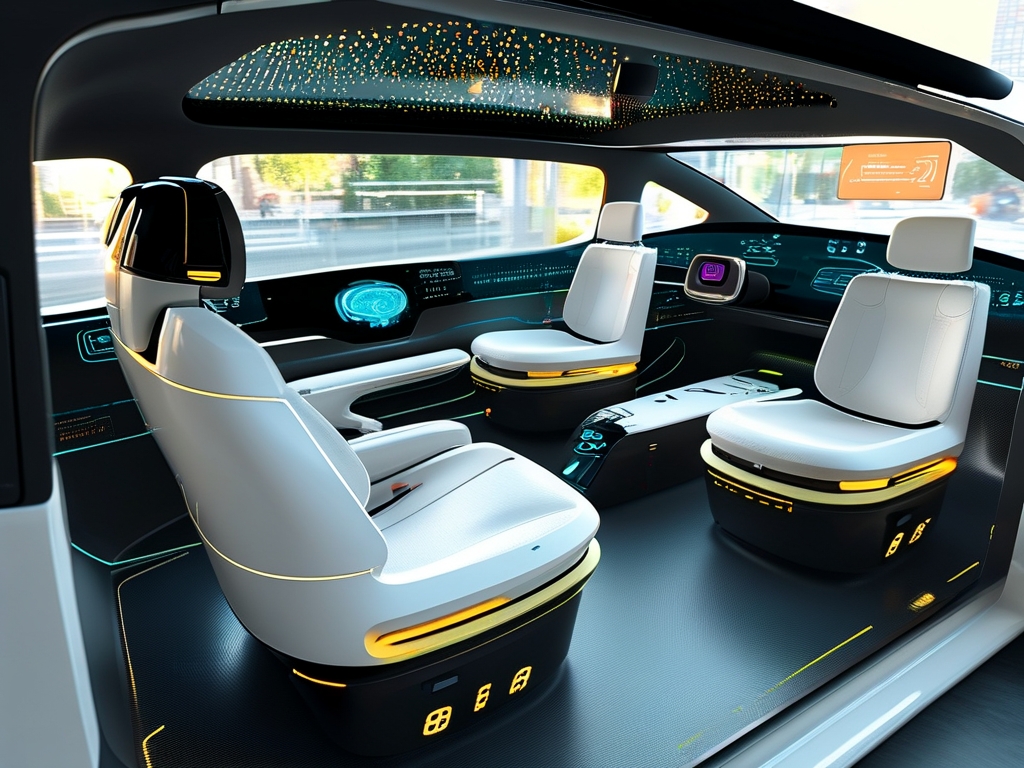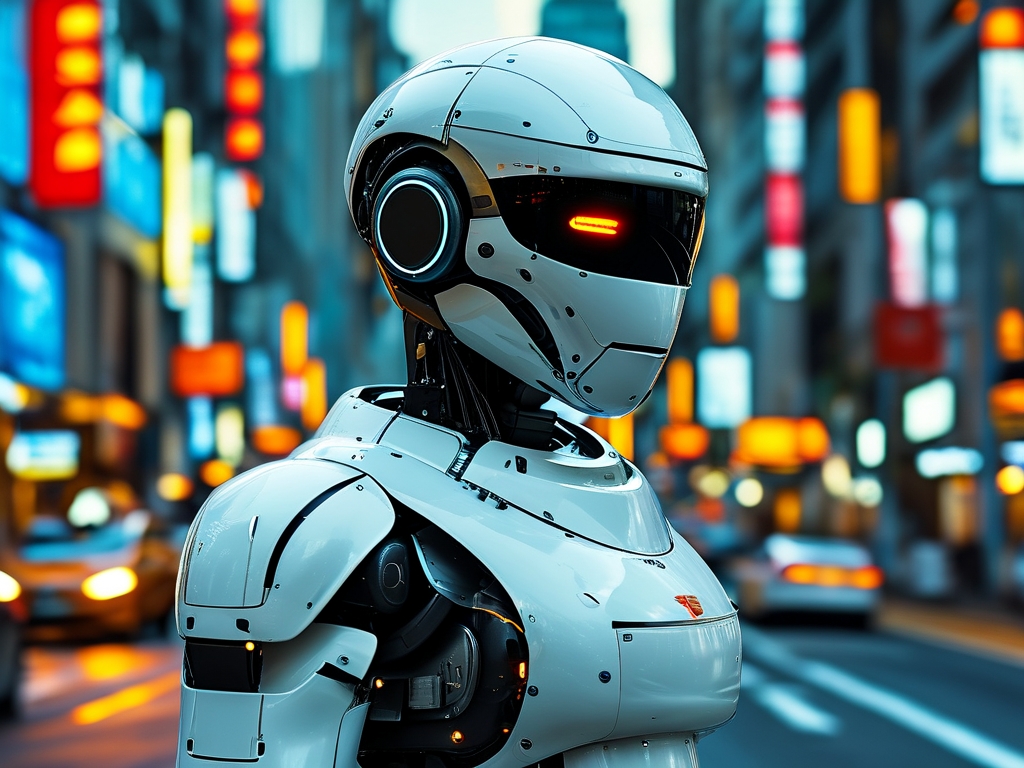The convergence of neural networks and robotaxi technology is revolutionizing urban transportation, creating systems that learn, adapt, and operate with unprecedented precision. Unlike traditional autonomous vehicles, robotaxis powered by advanced neural architectures are redefining how machines perceive complex environments, make split-second decisions, and interact with unpredictable human behaviors.

The Neural Backbone of Modern Robotaxis
At the core of every next-generation robotaxi lies a multi-layered neural framework capable of processing terabytes of sensor data in real time. These systems employ hybrid architectures combining convolutional neural networks (CNNs) for visual recognition with transformer models for contextual understanding. For instance, Waymo's 5th-generation Driver processes 20 million sensor points per second using custom-designed neural accelerators, enabling detection of pedestrians obscured by parked vehicles – a scenario that stumped earlier autonomous systems.
Recent breakthroughs in spiking neural networks (SNNs) have addressed critical latency challenges. Unlike conventional models that process data in fixed intervals, SNNs mimic biological neurons by firing only when input thresholds are reached. This innovation has reduced decision-making latency by 40% in Tesla's latest FSD beta, allowing robotaxis to navigate dense urban traffic with human-like reflexes.
Training Paradigms: From Simulation to Reality
The secret sauce of modern robotaxis lies in their training ecosystems. Cruise Automation deploys a three-phase learning system:
- Virtual environments simulating 10,000+ edge cases daily
- Controlled physical testing in geo-fenced urban labs
- Continuous live data ingestion from operational fleets
This approach enabled GM's robotaxis to achieve 98.3% collision-free mileage in San Francisco's challenging terrain last quarter. The neural models powering these vehicles undergo daily updates, with reinforcement learning algorithms rewarding successful navigation strategies while penalizing suboptimal decisions.
The Sensor Fusion Challenge
Modern robotaxis integrate data streams from LiDAR, radar, cameras, and ultrasonic sensors – a process requiring sophisticated neural coordination. Aurora Innovation's latest sensor fusion framework uses attention mechanisms to dynamically prioritize input sources. During heavy rain in Pittsburgh trials, their system automatically shifted reliance from optical cameras to radar signatures while maintaining positional accuracy within 2 centimeters.
# Simplified sensor fusion pseudocode
def sensor_fusion(front_cam, lidar, radar):
attention_weights = calculate_context_weights(weather, speed)
processed_data = (
front_cam * attention_weights['optical'] +
lidar * attention_weights['spatial'] +
radar * attention_weights['radio']
)
return neural_processor(processed_data)
Ethical Decision-Making Architectures
As robotaxis approach human-level competency, engineers face unprecedented ethical challenges. Mobileye's Responsibility-Sensitive Safety (RSS) framework embeds ethical reasoning into neural networks through constrained optimization models. These systems evaluate potential outcomes against 127 predefined safety parameters before executing maneuvers, creating a mathematical approach to moral decisions that's auditable and consistent.
The Road Ahead: Neural Scaling Laws
Current research focuses on overcoming the "complexity ceiling" in robotaxi neural networks. DeepMind's recent paper demonstrated that scaling vision transformers to 50 billion parameters improved rare object recognition by 300%, but required novel distributed training techniques. Startups like Zoox are experimenting with quantum-inspired neural architectures that promise exponential efficiency gains in path prediction algorithms.
Industry analysts predict neural network-powered robotaxis will achieve parity with human drivers in 90% of urban environments by 2026, with full autonomy following by 2030. However, this progression hinges on solving critical challenges in energy efficiency – current neural compute platforms consume 2-4kW per vehicle, compared to the 20W power budget of the human brain.
As cities evolve alongside autonomous technology, neural networks are becoming the invisible infrastructure powering our mobility future. From adaptive traffic prediction to self-healing navigation systems, the fusion of artificial intelligence and transportation is creating vehicles that don't just drive, but truly understand and interact with their world.


